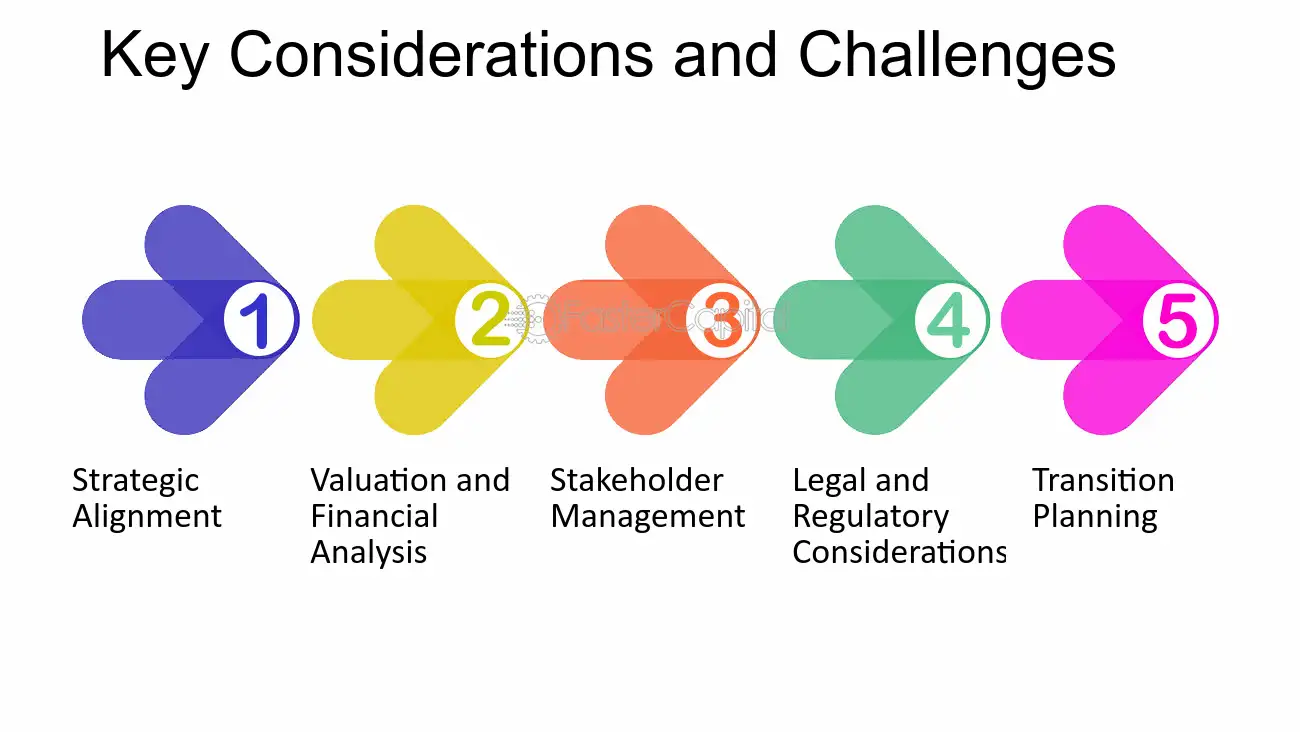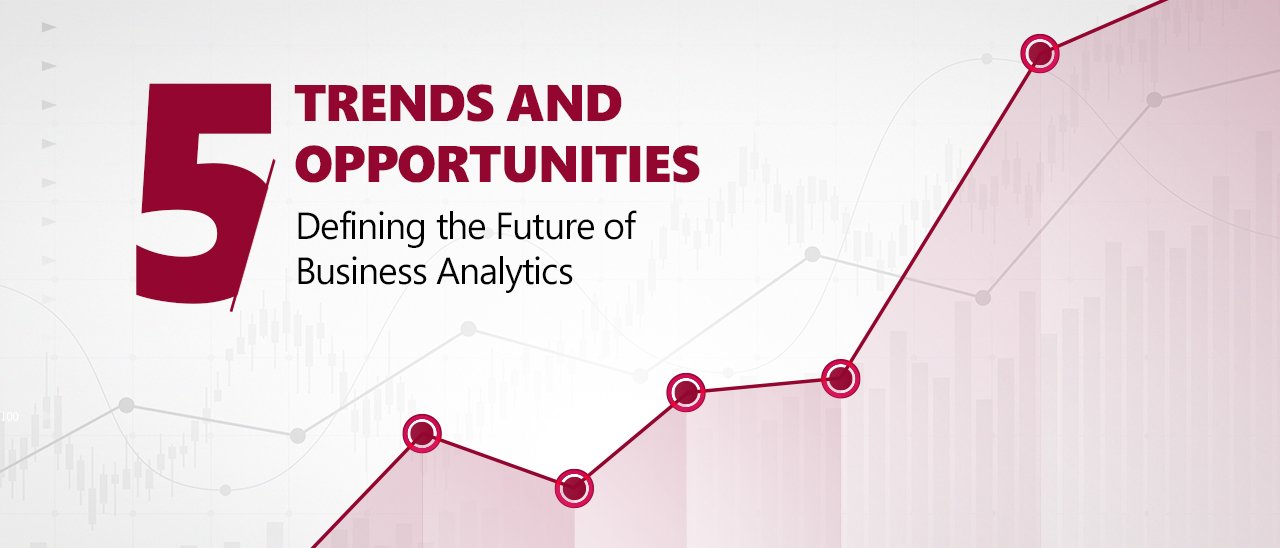The Secret Behind Industry 4.0: Why Digital Twins Are the Future
Digital twin technology has emerged as a transformative force across multiple industries, from manufacturing and healthcare to smart cities and aerospace. It offers unparalleled insights into physical systems by creating digital replicas that enable real-time monitoring, simulation, and optimization. This article explores the concept, applications, benefits, and challenges of digital twin technology, shedding light on its potential to drive high economic value.

What Is Digital Twin Technology?
At its core, a digital twin is a virtual representation of a physical object, system, or process. This digital counterpart is built using data collected from sensors, IoT devices, and other sources. The twin evolves alongside its physical counterpart, providing a comprehensive, dynamic model that can be analyzed and manipulated to improve performance and predict future behavior.
The concept of digital twins was first introduced by NASA during the early days of space exploration. NASA engineers developed digital models of spacecraft to simulate and solve problems from Earth, enabling efficient mission control. Today, advances in computing power, data analytics, and IoT technology have expanded digital twin applications far beyond aerospace.

Key Components of Digital Twin Technology
- Physical Entity: The real-world object, system, or process being modeled.
- Digital Model: A virtual replica that represents the physical entity.
- Data Connection: Real-time data collected from sensors, IoT devices, or other sources, which updates the digital model.
- Analytics and Simulation Tools: Advanced algorithms and machine learning models used to analyze the digital twin and generate actionable insights.

Applications of Digital Twin Technology
Digital twin technology has wide-ranging applications across various industries, each benefiting from its ability to enhance decision-making and operational efficiency.
1. Manufacturing and Industry 4.0
In manufacturing, digital twins enable predictive maintenance, process optimization, and quality control. By simulating production lines, manufacturers can identify bottlenecks, predict machine failures, and optimize resource allocation. This reduces downtime and improves overall efficiency.
Example: Siemens uses digital twins to optimize its production processes, resulting in up to 30% increased productivity.
2. Healthcare
In healthcare, digital twins can model individual patients, organs, or even entire hospital systems. These models help in personalized medicine, surgical planning, and operational efficiency within healthcare facilities.
Example: Philips leverages digital twin technology to simulate patient conditions and optimize treatment plans, improving patient outcomes.
3. Smart Cities
Urban planners use digital twins to model entire cities, enabling real-time monitoring of infrastructure, traffic flow, and energy consumption. This helps in designing more sustainable and resilient cities.
Example: Singapore’s Virtual Singapore project is a comprehensive digital twin of the city, used for urban planning, disaster management, and resource optimization.
4. Aerospace and Defense
In aerospace, digital twins are used for designing and maintaining complex systems like aircraft and spacecraft. They simulate performance under various conditions, improving safety and reliability.
Example: GE Aviation uses digital twins to monitor jet engine performance, leading to improved fuel efficiency and reduced maintenance costs.
5. Energy and Utilities
Digital twins in the energy sector are used to optimize power grids, monitor renewable energy sources, and improve the efficiency of power plants.
Example: BP uses digital twins to model its oil and gas operations, enhancing safety and operational efficiency.

Benefits of Digital Twin Technology
The adoption of digital twin technology offers several significant advantages:
1. Enhanced Decision-Making
By providing real-time data and predictive insights, digital twins enable organizations to make informed decisions quickly. Whether it’s optimizing a production process or planning city infrastructure, decision-makers can rely on accurate simulations.
2. Improved Operational Efficiency
Digital twins help identify inefficiencies and optimize resource allocation. In manufacturing, for instance, they can pinpoint machinery that requires maintenance before it breaks down, reducing downtime and associated costs.
3. Cost Reduction
Predictive maintenance and process optimization lead to significant cost savings. Companies can avoid unplanned downtime, reduce waste, and improve the lifespan of equipment.
4. Enhanced Product Development
Digital twins facilitate rapid prototyping and testing, allowing companies to simulate different scenarios and optimize product designs before physical production begins. This accelerates innovation and reduces time-to-market.
5. Risk Mitigation
By simulating various scenarios, digital twins help organizations anticipate potential issues and develop mitigation strategies. This is particularly valuable in sectors like aerospace, healthcare, and energy, where risks can have severe consequences.
6. Sustainability
Digital twins contribute to sustainability by optimizing energy consumption, reducing waste, and enabling more efficient use of resources.

Challenges and Considerations
Despite its numerous benefits, digital twin technology presents several challenges that organizations must address:
1. Data Integration and Quality
Creating an accurate digital twin requires high-quality data from diverse sources. Ensuring data accuracy, consistency, and real-time availability can be complex, especially in industries with legacy systems.
2. Scalability
As digital twins are implemented across larger systems, such as entire factories or cities, scalability becomes a concern. Organizations must invest in robust infrastructure to handle the vast amount of data generated.
3. Cybersecurity
Digital twins rely on interconnected systems, making them vulnerable to cyberattacks. Protecting sensitive data and ensuring system integrity are critical for successful implementation.
4. High Initial Costs
The development and deployment of digital twins require significant investment in hardware, software, and expertise. While the long-term benefits often outweigh the initial costs, this can be a barrier for small and medium-sized enterprises (SMEs).
5. Skill Gaps
Implementing and managing digital twin technology requires specialized knowledge in data analytics, IoT, and machine learning. Organizations may need to invest in training or hire skilled professionals to bridge this gap.

Future Trends and Opportunities
As digital twin technology evolves, several trends are shaping its future:
1. Integration with Artificial Intelligence (AI)
AI enhances digital twin capabilities by enabling more sophisticated analytics, anomaly detection, and predictive modeling. This integration allows for automated decision-making and optimization.
2. Edge Computing
The rise of edge computing enables real-time data processing closer to the source, reducing latency and improving the efficiency of digital twin systems.
3. Expansion into New Industries
Digital twin technology is expanding into new sectors, including retail, agriculture, and logistics. For example, in agriculture, digital twins can optimize irrigation systems and predict crop yields.
4. Interoperability Standards
The development of standardized frameworks for digital twin implementation will improve interoperability across systems and industries, facilitating broader adoption.
5. Digital Twin Ecosystems
Future advancements may lead to interconnected digital twin ecosystems, where multiple twins interact to simulate complex systems. This could revolutionize areas like supply chain management and disaster response.

Conclusion
Digital twin technology represents a paradigm shift in how industries approach design, operation, and optimization. By creating dynamic, data-driven models of physical systems, organizations can unlock high economic value through improved decision-making, operational efficiency, and risk mitigation. However, realizing the full potential of digital twins requires addressing challenges such as data quality, cybersecurity, and scalability.
As technology continues to advance, the adoption of digital twins is set to accelerate, driving innovation and sustainability across industries. For organizations willing to invest in this transformative technology, the opportunities are vast, promising a competitive edge in an increasingly data-centric world.




